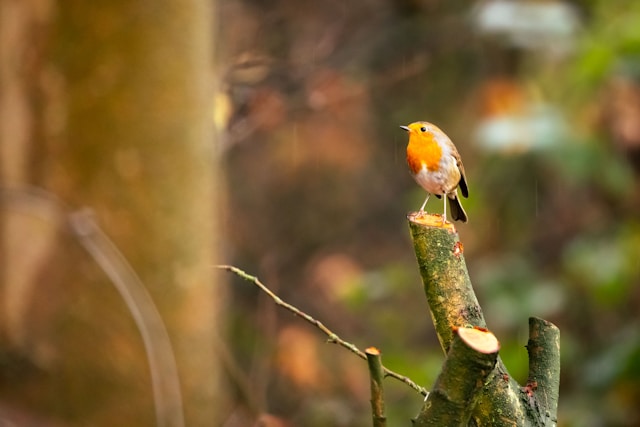Introduction
Bird banding, or bird ringing as it’s known in many parts of the world, plays a crucial role in understanding avian behavior, migration patterns, and population dynamics. In New Zealand, a country celebrated for its unique birdlife, bird banding has become an integral part of conservation efforts and scientific research. This article delves into the significance of bird banding in New Zealand, highlighting key research initiatives, methods employed, and the insights gained through this practice.
Importance of Bird Banding
Bird banding involves attaching uniquely numbered metal or plastic bands to a bird’s leg. These bands are lightweight and designed not to interfere with the bird’s natural behavior. The primary purpose of banding is to track individual birds over time, enabling researchers to study their movements, survival rates, breeding success, and migration routes. In New Zealand, where many bird species are endemic and face threats from habitat loss, introduced predators, and climate change, banding provides essential data for conservation strategies.
Research Initiatives in New Zealand
New Zealand’s bird banding efforts are coordinated by organizations such as the Ornithological Society of New Zealand (OSNZ) and government agencies like the Department of Conservation (DOC). These organizations collaborate on various research projects aimed at understanding and protecting native bird species. One prominent initiative is the monitoring of endangered species like the kiwi, kakapo, and takahe. By banding individuals within these populations, researchers can monitor their movements, assess breeding success, and intervene when necessary to improve survival rates.
Methods and Techniques
Bird banding in New Zealand follows strict protocols to ensure the safety and welfare of the birds. Licensed banders capture birds using mist nets, traps, or by hand, depending on the species and habitat. Once captured, birds are carefully examined, measured, and banded before being released back into the wild. Data recorded during banding sessions include species, age, sex, location, and band number. Advances in technology have also enabled the use of radio transmitters and GPS tracking devices to monitor birds remotely, providing real-time data on their movements and behaviors.
Insights and Discoveries
Over decades of banding and monitoring, researchers in New Zealand have made significant discoveries about bird behavior and ecology. For instance, studies on migratory shorebirds have revealed their remarkable long-distance migrations between New Zealand and Arctic breeding grounds. Insights gained from banding studies have also influenced conservation efforts, guiding habitat restoration projects and predator control initiatives aimed at safeguarding vulnerable bird populations.
Challenges and Future Directions
Despite its benefits, bird banding in New Zealand faces challenges such as funding constraints, logistical difficulties in accessing remote habitats, and ethical considerations regarding the handling of endangered species. Moving forward, there is a growing emphasis on expanding banding efforts to include more species and regions, integrating genetic analyses with banding data, and engaging citizen scientists in monitoring and data collection.
Conclusion
In conclusion, bird banding is a vital tool for studying and conserving New Zealand’s rich avian biodiversity. By contributing to our understanding of bird behavior, migration patterns, and population dynamics, banding initiatives help inform conservation strategies aimed at preserving these iconic species for future generations. As research techniques evolve and collaborations strengthen, the insights gained from bird banding in New Zealand will continue to play a pivotal role in shaping conservation efforts and protecting our natural heritage.
